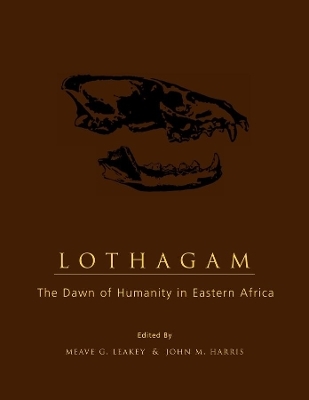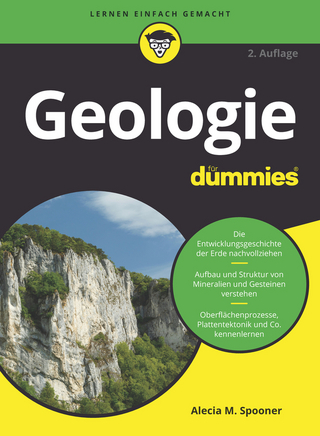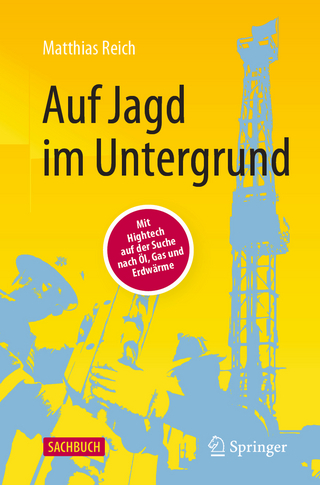
Lothagam
Columbia University Press (Verlag)
978-0-231-11870-5 (ISBN)
- Titel z.Zt. nicht lieferbar
- Versandkostenfrei innerhalb Deutschlands
- Auch auf Rechnung
- Verfügbarkeit in der Filiale vor Ort prüfen
- Artikel merken
Located at the southwest corner of Lake Turkana in northern Kenya, Lothagam represents one of the most important intervals in African prehistory. Early human remains are restricted in distribution to Africa and the acquisition of an upright bipedal striding gait, the hallmark of humanity, appears to be at least circumstantially linked to the reduction of equatorial forests and the spread of grasslands on that continent. The diverse Lothagam fauna documents the end-Miocene transition from forested to more open habitats that were exploited by grazing horses and antelopes, hippos, giant pigs, and true elephants. It also includes spectacularly complete fossil carnivore skeletons and some of the oldest human remains. Enlisting a team of highly qualified specialists, this book provides the geologic context and dating framework for the Lothagam fossiliferous sequences, describes the immense diversity of vertebrate fossils recovered from the Late Miocene and Early Pliocene sediments, and synthesizes the results to interpret the changing paleoenvironments that prevailed at this site.
The book will interest anthropologists, paleontologists, geologists, and anyone interested in human origins.
Meave Leakey, formerly head of the Division of Paleontology at the National Museums of Kenya, has recently been in the news as the leader of the team that discovered the new hominid Kenyanthropus platyops, dating from 3.2-3.5 million years ago. John M. Harris, also formerly head of the Division of Paleontology at the National Museums of Kenya, is Chief Curator and Head of Vertebrate Programs at the Natural History Museum of Los Angeles County.
Introduction, by Meave G. Leakey Geology, Paleosols, and Dating, by Craig S. Feibel, Jonathan G. Wynn, and Ian McDougall Crustacea and Pisces, by Joel W. Martin, Sandra Trautwein, and Kathlyn M. Stewart Reptilia and Aves, by Roger C. Wood, Glenn W. Storrs, John M. Harris, and Meave G. Leakey Lagomorpha and Rodentia, by Alisa J. Winkler Primates, by Meave G. Leakey, Mark F. Teaford, Carol V. Ward, and Alan C. Walker Carnivora, by Lars Werdelin Proboscidea and Tubulidentata, by Pascal Tassy, John M. Harris, and Simon A. H. Milledge Perissodactyla, by John M. Harris, Meave G. Leakey, and Raymond L. Bernor Hippopotamidae and Suidae, by Eleanor M. Weston, John M. Harris, and Meave G. Leakey Ruminantia, by John M. Harris Isotopes, by Thure E. Cerling, John M. Harris, Meave G. Leakey, and Nina Mudida Lothagam: Its Significance and Contributions, by Meave G. Leakey and John M. Harris
| Erscheint lt. Verlag | 23.1.2003 |
|---|---|
| Zusatzinfo | 208 h/t, 158 line |
| Verlagsort | New York |
| Sprache | englisch |
| Maße | 216 x 279 mm |
| Themenwelt | Geisteswissenschaften ► Archäologie |
| Naturwissenschaften ► Geowissenschaften ► Geologie | |
| Naturwissenschaften ► Geowissenschaften ► Mineralogie / Paläontologie | |
| ISBN-10 | 0-231-11870-8 / 0231118708 |
| ISBN-13 | 978-0-231-11870-5 / 9780231118705 |
| Zustand | Neuware |
| Informationen gemäß Produktsicherheitsverordnung (GPSR) | |
| Haben Sie eine Frage zum Produkt? |
aus dem Bereich


